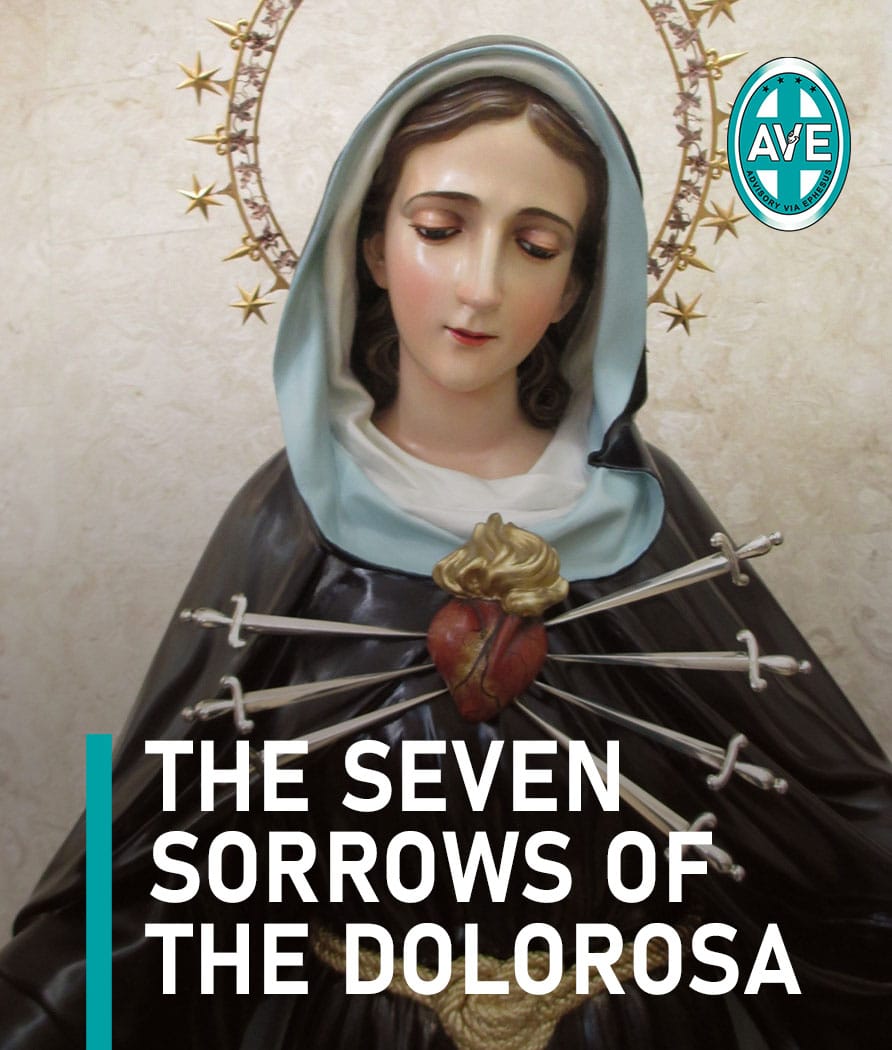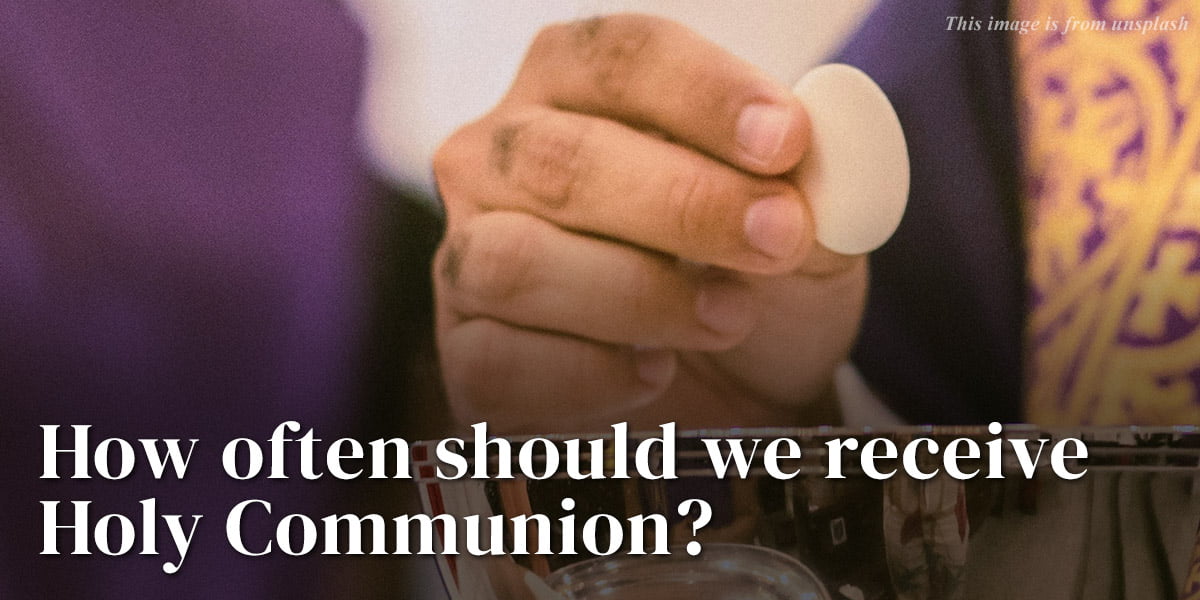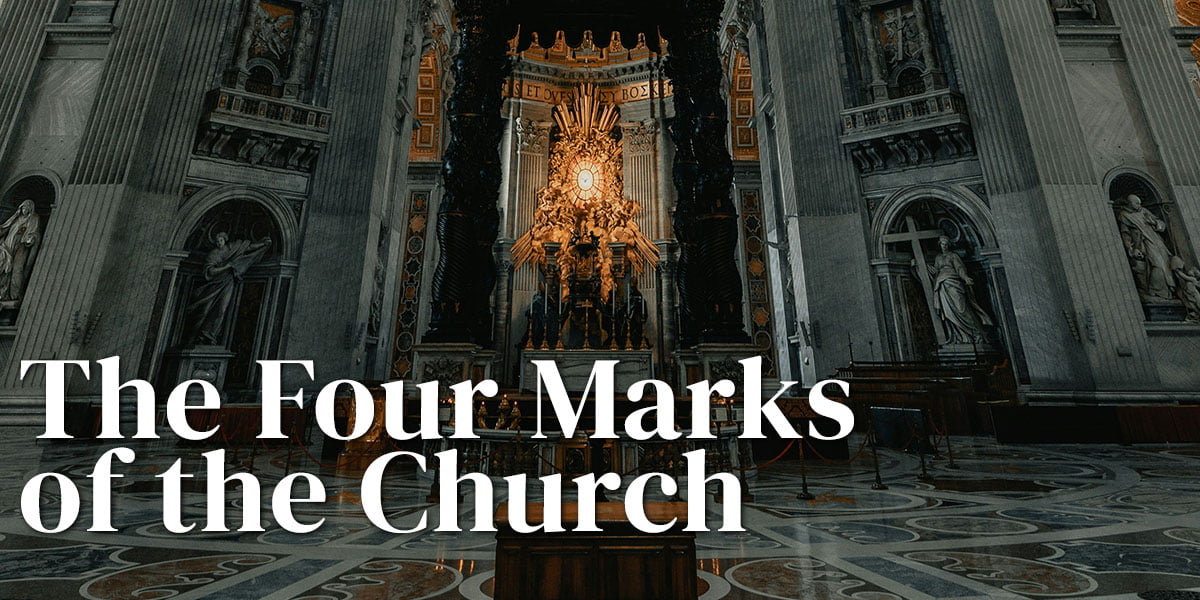Following Vatican II, we are now witnessing changes in our church. Perhaps some of us, including Millenials and Gen-Z, are unaware that our Holy Mass has become more like a protestant service since Pope Paul VI instituted the Novus Ordo Mass, in which the priest now faces the people, the language has become vernacular, and Gregorian Chant has been replaced by modern music. Liturgical dances and applause are now included in the Holy Mass, and some parishes have their own version of the Mass, which Pope St. Pius V fixed when he promulgated the Tridentine Mass to unite the Church. The Church is now open to other religions, with the Pope and Cardinals visiting different religions, participating in their rituals, and praying to their gods, which violates God’s first commandment.











